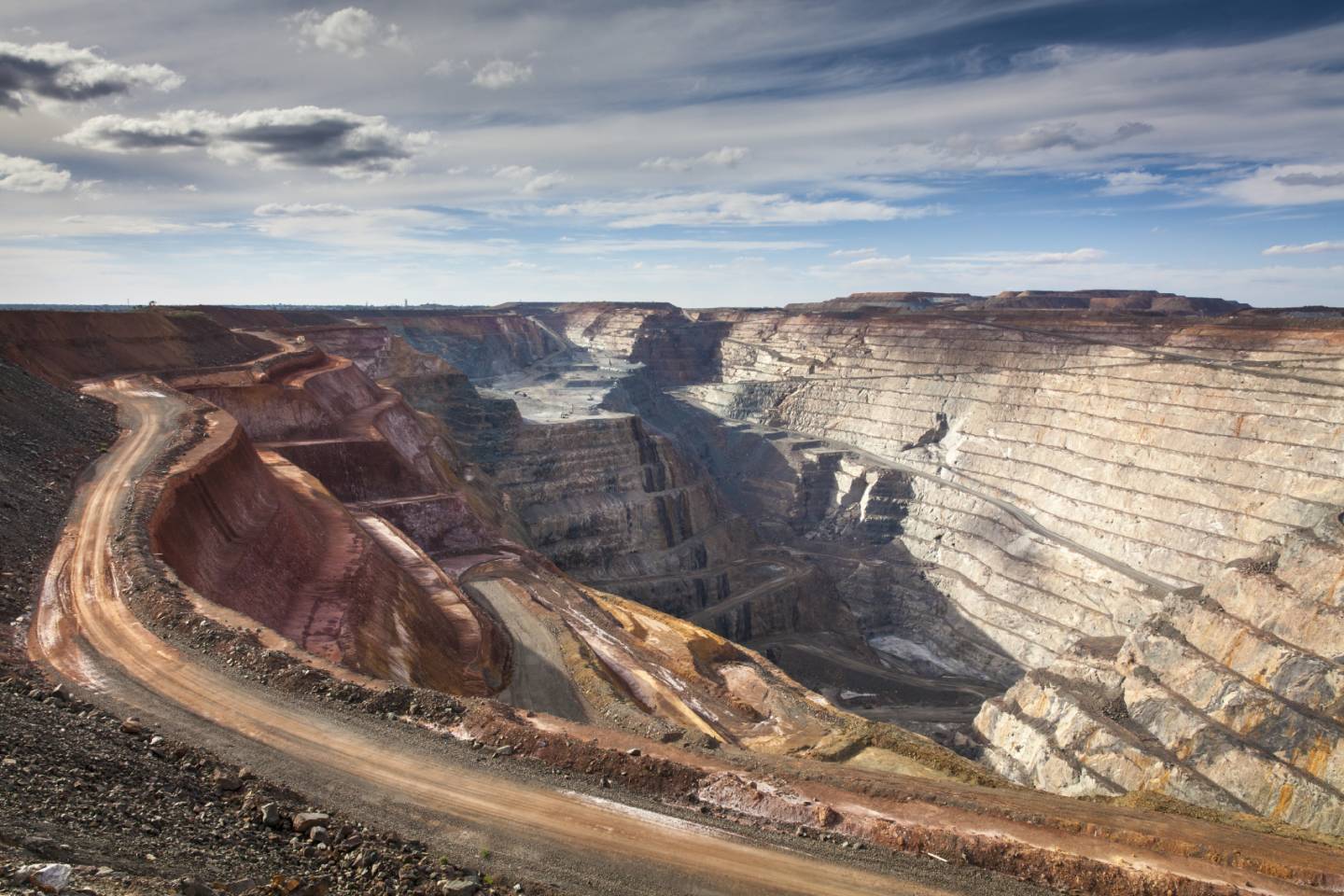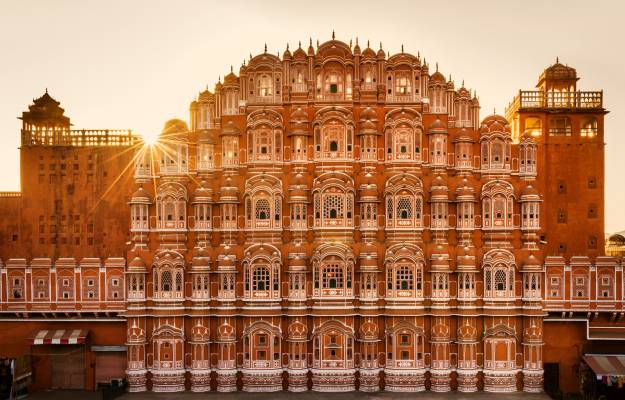
Around Australia: Fast Facts from Down Under
Australia is fascinating, diverse—and big. To bring Down Under into some perspective, we sorted a few fast facts on the destinations you can visit throughout the country.

Sydney
Sydney and the surrounding area is home to about 4.6 million people, almost 20 percent of Australia’s population. One of the most famous buildings in the world was almost lost in a pile of trash. Danish architect Jørn Utzon’s iconic design for the Sydney Opera House is said to have been rescued from a stash of discarded submissions. The Sydney Harbour Bridge—locals call it the “Coat hanger”—opened in 1932. The top of the arch rises nearly 440 feet above the surface of the water.
Canberra
European settlers arrived in the 1830s, but the city wasn’t selected as the nation’s capital until 1908, beating out Sydney and Melbourne, the continent’s two largest cities, which were also competing for the honor. Canberra was designed by Walter Burley Griffin, a Chicago architect who studied with Frank Lloyd Wright. He won an international competition based on his plan and the renderings of his wife, the architect Marion Lucy Mahony Griffin.
Melbourne
The Australian pantry staple Vegemite was invented here. It’s still produced from brewer’s yeast extract at the original factory in Fishermans Bend near Port Melbourne. The Story of the Kelly Gang, a movie made in Melbourne in 1906, clocked in at just over an hour and is recognized as the world’s first feature film. It was made just 25 years after the notorious outlaw Ned Kelly was hanged at the Old Melbourne Gaol.
Hobart
Separated from Tasmania by a narrow spit of land surrounded by shark-infested waters, the prison at Port Arthur was touted as “inescapable.” This didn’t deter bushranger Martin Cash and his two friends who swam to freedom—and fame—in 1842.
Adelaide
South Australia is the winemaking region of Australia, producing about 50 percent of Australian wines and 65 percent of national wine exports. Adelaide is home to the world’s largest display of Aboriginal culture and artifacts in the South Australian Museum.
Kangaroo Island
Australia’s third largest island after Tasmania and Melville Island, KI (as the locals call it) was separated from mainland Australia by a rise in sea level about 9,000 years ago. The kangaroos here are slightly different from the mainland ones. They have longer fur and are darker in color. The marsupials on Kangaroo Island still outnumber the human population.
Uluru (Ayers Rock)
Uluru is naturally gray, but the iron content of the rock rusts at the surface, resulting in its distinctive red coating. In 2009, the newest viewing platform was constructed to allow visitors to admire the southeastern view of Uluru while not crossing any ritual songlines or revealing any sacred sites on the holy rock.
Kalgoorlie
The Kalgoorlie/Goldfields region is the largest gold-producing area in Australia. The largest mine is called the Super Pit. It’s about two miles long, a mile wide and more than a quarter-mile deep. After Paddy Hannan discovered gold near Kalgoorlie in 1893, thousands of hopeful prospectors descended upon the growing town. At one point during the rush, the price of water was higher than the price of gold.
Exmouth
Ningaloo Reef is one of the world’s largest fringing reefs (a reef that grows directly from the shoreline), so all you need is a snorkel and a mask to experience some of the planet’s prettiest underwater scenery. The reef is home to more than 500 species of fish and over 200 varieties of coral as well as marine turtles and manta rays.
Broome
Originally founded as a pearling port in the 1870s, Broome was soon known as “the pearling capital of the world.” Aboriginal, Japanese and Chinese divers worked long, dangerous hours to harvest oysters from the seabed. When the tide is low at Gantheaume Point, you can see dinosaur footprints from 130 million years ago.
Darwin
Darwin’s harbor welcomed its first European visitor in 1839. John Lort Stokes arrived aboard the Beagle and named it Port Darwin for his former shipmate, Charles Darwin. Kakadu is home to one of the world’s highest concentrations of Aboriginal rock art, including handmade prints of animals, hunters and Dreamtime figures.
Cairns
Daintree is the largest tropical rain forest in Australia and also the world’s oldest at an estimated 140 million years old. Classified as a UNESCO World Heritage site, the Great Barrier Reef stretches more than 1,400 miles. It includes over 3,000 coral reefs, approximately 900 islands and cays (low-lying sandy islands), and is home to more than 1,500 species of fish and 130 species of sharks and rays.














